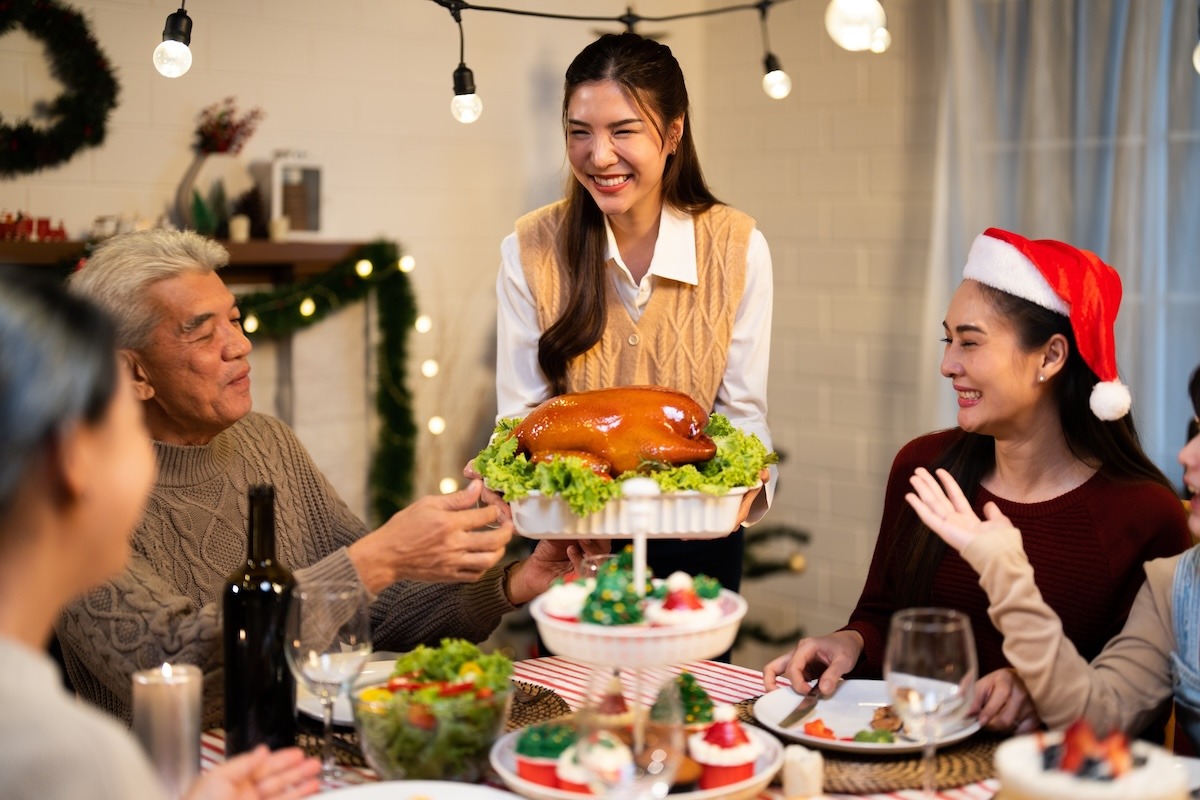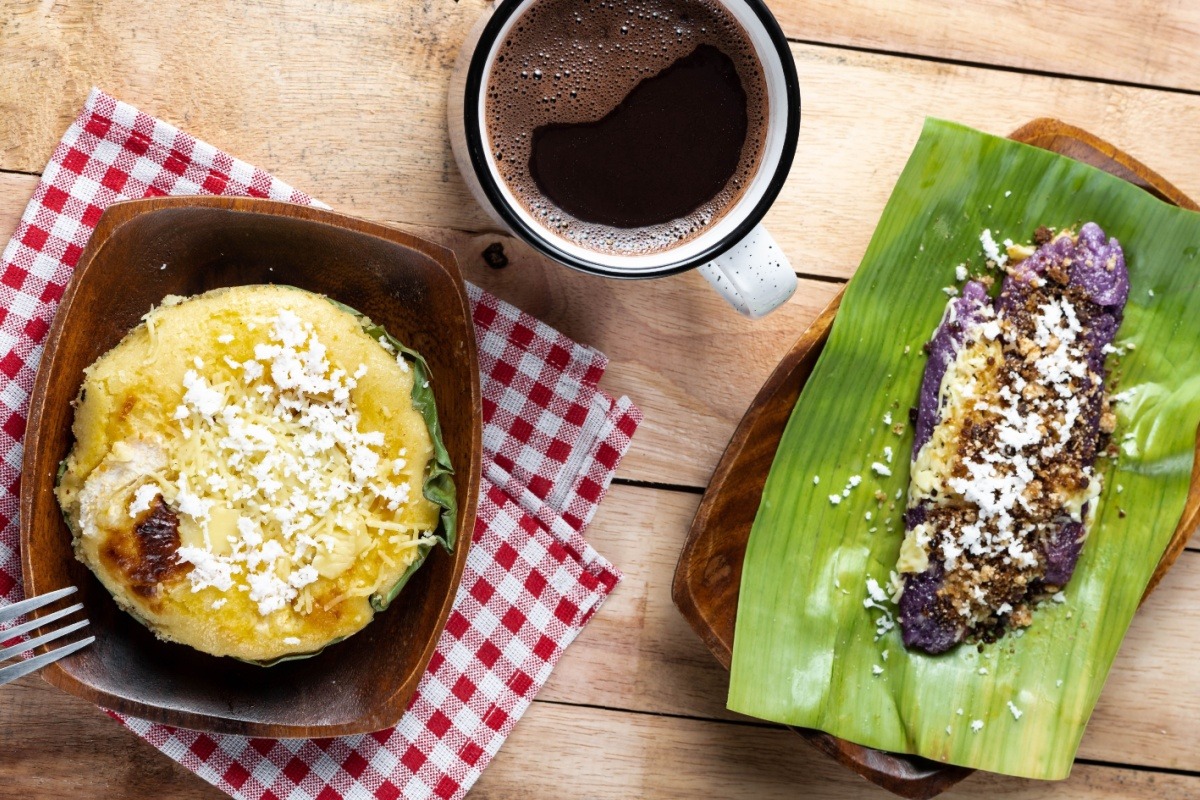Christmas in the Philippines, known as “Pasko,” is a season filled with joy, vibrant traditions, and heartfelt celebrations. As one of the longest Christmas seasons in the world, the festivities begin as early as September and continue until January. This guide will take you through the unique customs, delicious foods, and lively events that make Christmas in the Philippines a truly magical experience.
The Start of the Festive Season
The Christmas spirit in the Philippines kicks off with the “ber” months—September, October, November, and December. During this time, you’ll hear Christmas carols playing in malls, and homes are adorned with colorful decorations. The iconic parol, a star-shaped lantern, is a symbol of hope and the guiding light of the season.
Simbang Gabi: A Spiritual Journey
Simbang Gabi, a series of nine dawn masses leading up to Christmas Eve, is a cherished tradition for many Filipinos. Attending these masses is believed to grant special wishes, and it’s a time for families and communities to come together in faith and celebration.
Noche Buena: A Feast of Flavors
Noche Buena, the grand Christmas Eve feast, is a highlight of the Filipino Christmas celebration. Families gather to enjoy a sumptuous meal featuring traditional dishes such as lechon (roast pig), hamon (Christmas ham), queso de bola (edam cheese), and a variety of native desserts. This feast is a symbol of unity and gratitude, bringing loved ones together to share in the joy of the season.
Festive Decorations and Parol Lanterns
The streets and homes in the Philippines come alive with vibrant decorations during the Christmas season. The parol, a star-shaped lantern, is a quintessential symbol of Filipino Christmas. These lanterns, often made from bamboo and paper, illuminate homes and public spaces, representing the Star of Bethlehem. The Giant Lantern Festival in San Fernando, Pampanga, showcases the most elaborate and dazzling parols, drawing visitors from all over the country.
Christmas Carols and Community Spirit
Caroling is a beloved tradition in the Philippines, where groups of children and adults go from house to house singing Christmas songs in exchange for small gifts or treats. This practice fosters a sense of community and spreads holiday cheer throughout neighborhoods. Popular carols include “Ang Pasko Ay Sumapit” and “Pasko Na Naman,” which resonate with the joyful spirit of the season.
Unique Filipino Christmas Traditions
Christmas in the Philippines is rich with unique traditions that reflect the country’s diverse culture and history. One such tradition is the “Panunuluyan,” a reenactment of Mary and Joseph’s search for lodging in Bethlehem. This is often performed in communities and churches, adding a theatrical element to the celebrations.
Practical Tips for Travelers
Traveling to the Philippines during Christmas offers a unique and enriching experience. To make the most of your visit, consider booking accommodations early, as this is a peak travel season. Embrace the local customs, try traditional foods, and participate in community events to fully immerse yourself in the festive spirit. Remember to respect local traditions and enjoy the warmth and hospitality of the Filipino people.
Culinary Delights of Filipino Christmas
Filipino Christmas is a feast for the senses, with a variety of traditional dishes that are both delicious and symbolic. Aside from the mainstays like lechon and hamon, you can savor delicacies such as bibingka (rice cake), puto bumbong (purple rice cake), and ensaymada (sweet bread). These treats are often enjoyed after attending Simbang Gabi, adding to the festive atmosphere.
Christmas in the Philippines is a time of joy, unity, and celebration. Whether you’re exploring the vibrant streets adorned with parol lanterns, attending a lively festival, or sharing a meal with new friends, the warmth and hospitality of the Filipino people will make your holiday season unforgettable. Embrace the unique traditions and immerse yourself in the festive spirit of Pasko for a truly magical experience.
























